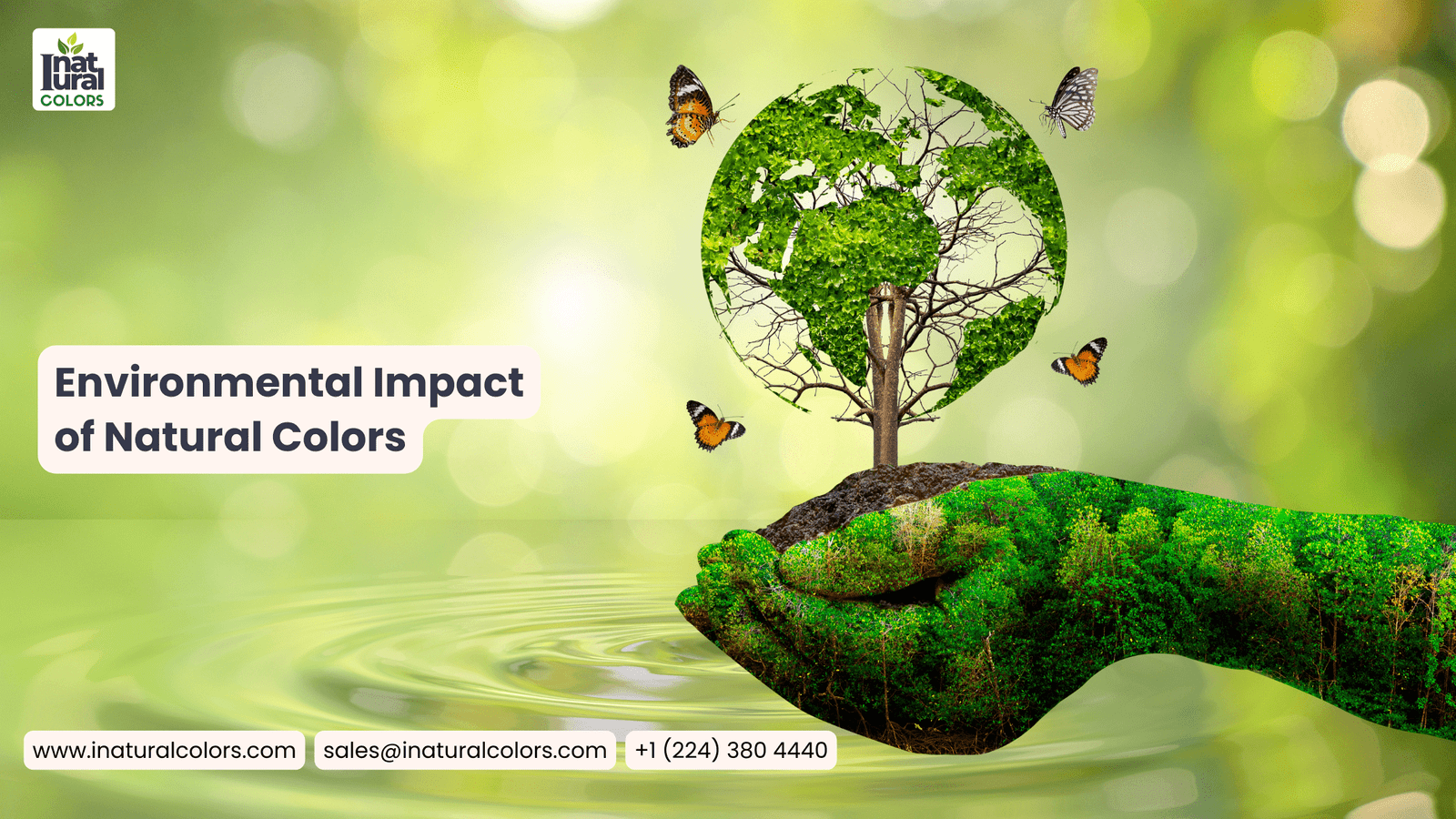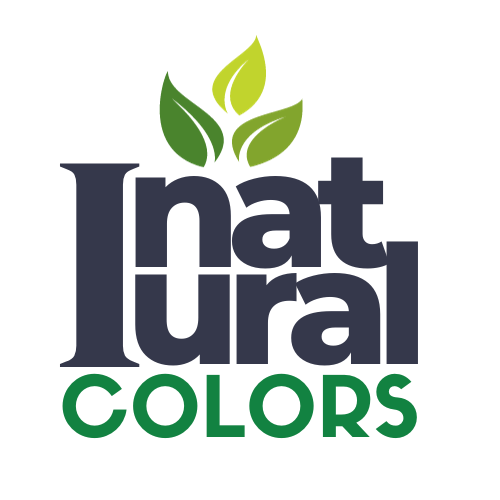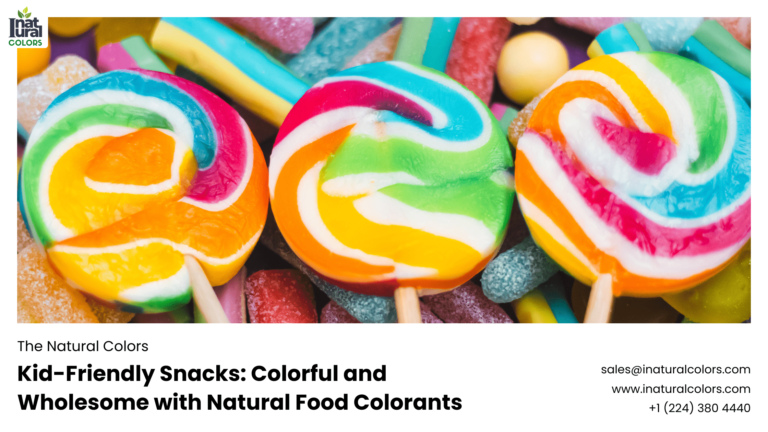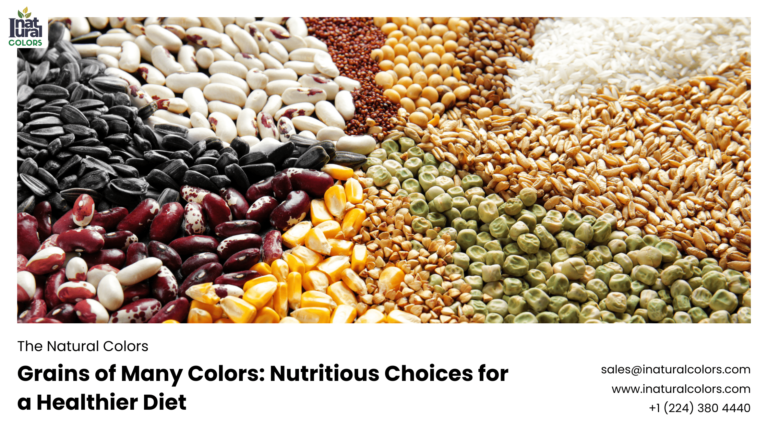Beautiful Plants For Your Interior

Environmental Impact of Natural Colors
In an era where sustainability is more than just a trend, understanding the environmental impact of our choices has become crucial. Among these choices, the use of natural colors versus synthetic colors has garnered significant attention. Natural colors, derived from plant, animal, and mineral sources, offer a more eco-friendly alternative to the synthetic dyes traditionally used in various industries. This article explores the environmental impact of natural colors, their benefits, and how they contribute to a sustainable future.
Understanding Natural Colors
Natural colors are derived from organic sources. These include:
Plant-Based Colors: Extracted from fruits, vegetables, leaves, roots, and seeds. Common examples include turmeric, beetroot, spinach, and berries.
Animal-Based Colors: Derived from insects like cochineal and certain mollusks.
Mineral-Based Colors: Obtained from naturally occurring minerals, such as ochres and clays.
Unlike synthetic colors, which are made through complex chemical processes, natural colors are obtained through relatively simple methods like extraction, drying, and grinding. This simplicity translates to fewer pollutants and less energy consumption.
The Environmental Benefits of Natural Colors
Reduced Chemical Pollution
Synthetic dyes are notorious for their environmental hazards. They often contain toxic chemicals, heavy metals, and carcinogens, which can contaminate water sources during manufacturing and use. According to a 2021 report by the World Bank, 20% of global industrial water pollution is attributed to textile dyeing and treatment. In contrast, natural colors are biodegradable and non-toxic, posing minimal risk to aquatic life and ecosystems.
Lower Carbon Footprint
The production of synthetic dyes involves energy-intensive processes and the use of petrochemicals. The carbon footprint of these processes is significant. Natural colors, being derived from renewable resources, generally require less energy for production. For instance, a study by the University of Cambridge highlighted that the carbon footprint of producing synthetic indigo dye is nearly ten times that of natural indigo.
Sustainable Sourcing
Natural colors can be sourced sustainably. Many plant-based dyes are derived from crops that can be grown in diverse agricultural systems, promoting biodiversity. Moreover, these crops often require fewer pesticides and fertilizers compared to those used for synthetic dye production. Crop rotation and intercropping methods, often used in growing dye plants, further enhance soil health and reduce erosion.
Waste Reduction
The use of natural colors often leads to reduced waste. Synthetic dye production generates significant waste, including sludge that contains hazardous substances. Natural dyes, on the other hand, produce minimal waste, and any by-products are usually biodegradable. For example, the residue from plant-based dye extraction can be composted, returning nutrients to the soil.
The Industrial Shift Towards Natural Colors
Textile Industry
The textile industry is one of the largest consumers of dyes, and the shift towards natural colors is gaining momentum. Major brands and designers are increasingly adopting natural dyes to meet consumer demand for sustainable fashion. For instance, Patagonia, a leading outdoor clothing brand, uses natural dyes in several of its product lines. The company’s commitment to environmental sustainability has set a benchmark in the industry.
Food and Beverage Industry
In the food and beverage industry, natural colors are becoming the preferred choice due to health and environmental concerns. Artificial food dyes have been linked to various health issues, prompting consumers to seek natural alternatives. According to a report by Grand View Research, the global natural food color market size was valued at USD 1.62 billion in 2020 and is expected to grow at a compound annual growth rate (CAGR) of 8.4% from 2021 to 2028. This growth is driven by increasing awareness of the benefits of natural ingredients.
Cosmetics and Personal Care
The cosmetics industry is also embracing natural colors. Consumers are increasingly wary of synthetic ingredients in beauty products, leading to a surge in demand for natural alternatives. Brands like Lush and Aveda have made significant strides in incorporating natural dyes into their products. The use of natural colors not only aligns with the clean beauty movement but also reduces the environmental impact associated with synthetic colorants.
Challenges and Considerations
Variability and Stability
One of the main challenges of using natural colors is their variability. Factors such as climate, soil, and harvest time can affect the color and quality of natural dyes. Additionally, natural colors can be less stable than synthetic ones, potentially leading to issues with color consistency and longevity. However, advancements in extraction and formulation techniques are addressing these challenges, making natural colors more viable for industrial use.
Cost Implications
Natural colors can be more expensive to produce than synthetic dyes. This is due to the labor-intensive processes involved in cultivation and extraction. However, as demand increases and production methods improve, the cost is expected to decrease. Moreover, the long-term environmental and health benefits of natural colors often outweigh the initial cost difference.
Regulatory Standards
The regulatory landscape for natural colors varies across regions. Ensuring compliance with these standards can be challenging for manufacturers. However, certifications like USDA Organic and Ecocert provide assurance of quality and sustainability, helping consumers make informed choices.
Future Prospects
The future of natural colors looks promising. Ongoing research and innovation are expanding the range of available natural dyes and improving their performance. For instance, biotech companies are exploring ways to produce natural colors using microbial fermentation, which could offer a scalable and sustainable alternative to traditional methods.
Consumer Awareness
As consumers become more informed about the environmental and health impacts of their choices, the demand for natural colors is expected to grow. Education and transparency are key to driving this shift. Brands that prioritize sustainability and communicate their efforts effectively will likely gain a competitive edge.
Technological Advancements
Advances in technology are playing a crucial role in the development of natural colors. Techniques such as supercritical fluid extraction and nanotechnology are enhancing the extraction and stability of natural dyes. These innovations are making natural colors more competitive with their synthetic counterparts in terms of performance and cost.
Collaboration and Partnerships
Collaboration across industries and sectors is essential for promoting the use of natural colors. Partnerships between farmers, manufacturers, and researchers can facilitate the development of sustainable supply chains and the sharing of best practices. Initiatives like the Better Cotton Initiative and the Sustainable Apparel Coalition are examples of how collaborative efforts can drive positive change.
Conclusion
The environmental impact of natural colors is significantly lower than that of synthetic dyes. From reduced chemical pollution and lower carbon footprints to sustainable sourcing and waste reduction, the benefits of natural colors are compelling. While challenges remain, the growing demand for sustainable products and ongoing advancements in technology and practices are paving the way for wider adoption of natural dyes across various industries.
By choosing natural colors, we can contribute to a more sustainable future, supporting healthier ecosystems and communities. As consumers, brands, and industries continue to prioritize sustainability, natural colors will undoubtedly play a crucial role in shaping a greener world.



